About Nagini ransomware
Nagini ransomware is a new ransomware type of virus. It seems the developers of this ransomware are fans of Harry Potter as they named their creation after the Voldemort’s pet snake, Nagini. It can slither into your computer using spam email and once on your computer, it will encrypt files using AES encryption and then ask for money. When the encryption process is complete, your screen will lock and Voldemort will appear on your screen, asking you to pay if you want your files back. Very rarely does paying mean you will get your files back. Most hackers just ignore their victims after payment has been made. We recommend you delete Nagini ransomware without paying any attention to their demands.
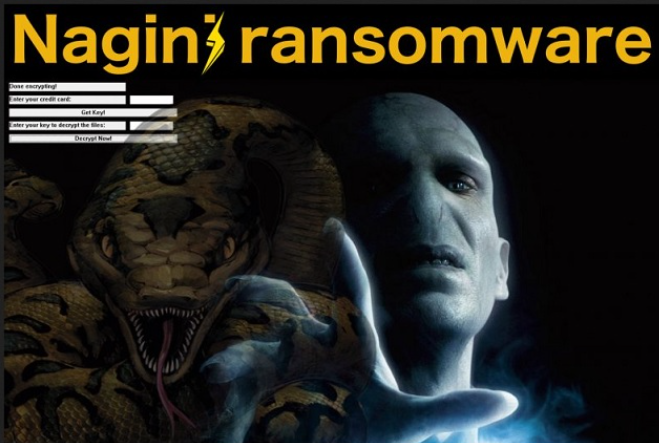
How does Nagini ransomware spread
Nagini ransomware still seems to be under development but it seems to spread via spam email. This is a very popular method among ransomware developers as users carelessly open spam email attachments. Hackers infect a file and then attach it to an email. When a user encounters that email and opens the attachment, his/her computer will download the virus and the encryption process will begin. Users are advised to be cautious when opening emails from unknown senders. You can use a reliable search engine to see if someone else has gotten a similar email and ended up with ransomware. If you want to avoid trouble, always be cautious.
What does Nagini ransomware do
It encrypts your files using the AES encryption and then locks your screen. Voldemort will then appear with a message that your files have been encrypted. It has been reported that Nagini ransomware only targets the .doc, .docx, .ppt, .pptx, .xls, .xlsx, .bmp, .png, .jpg, .jpeg, .exe, and .pdf file extensions and only the files stored in C:\Users\Colosseum\Desktop\files\ folder. It is rather strange ransomware behaviour but this could mean that it is still under development. Victims will be asked to pay the hackers for a decryption key. Usually, hackers ask for payment to be made via Bitcoins but Nagini ransomware asks you to pay using a credit card. This is another unusual characteristic of this ransomware. We don’t suggest you pay, whatever they ransom is because even if you paid, it does not mean you would get the decryption key. Most hackers just ignore victims after payment has been made. Instead, you must remove Nagini ransomware as soon as possible.
Nagini ransomware removal
You can delete Nagini ransomware using anti-malware software without much difficulty. Manual Nagini ransomware removal is not recommended as it can be difficult and might do more harm than good. Instructions on how to remove Nagini ransomware will be provided below.
Offers
Download Removal Toolto scan for Nagini File VirusUse our recommended removal tool to scan for Nagini File Virus. Trial version of provides detection of computer threats like Nagini File Virus and assists in its removal for FREE. You can delete detected registry entries, files and processes yourself or purchase a full version.
More information about SpyWarrior and Uninstall Instructions. Please review SpyWarrior EULA and Privacy Policy. SpyWarrior scanner is free. If it detects a malware, purchase its full version to remove it.

WiperSoft Review Details WiperSoft (www.wipersoft.com) is a security tool that provides real-time security from potential threats. Nowadays, many users tend to download free software from the Intern ...
Download|more


Is MacKeeper a virus? MacKeeper is not a virus, nor is it a scam. While there are various opinions about the program on the Internet, a lot of the people who so notoriously hate the program have neve ...
Download|more


While the creators of MalwareBytes anti-malware have not been in this business for long time, they make up for it with their enthusiastic approach. Statistic from such websites like CNET shows that th ...
Download|more
Quick Menu
Step 1. Delete Nagini File Virus using Safe Mode with Networking.
Remove Nagini File Virus from Windows 7/Windows Vista/Windows XP
- Click on Start and select Shutdown.
- Choose Restart and click OK.

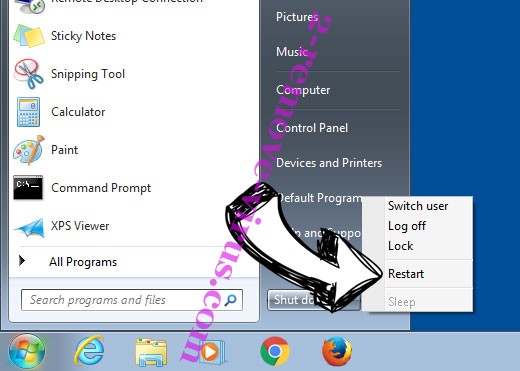
- Start tapping F8 when your PC starts loading.
- Under Advanced Boot Options, choose Safe Mode with Networking.

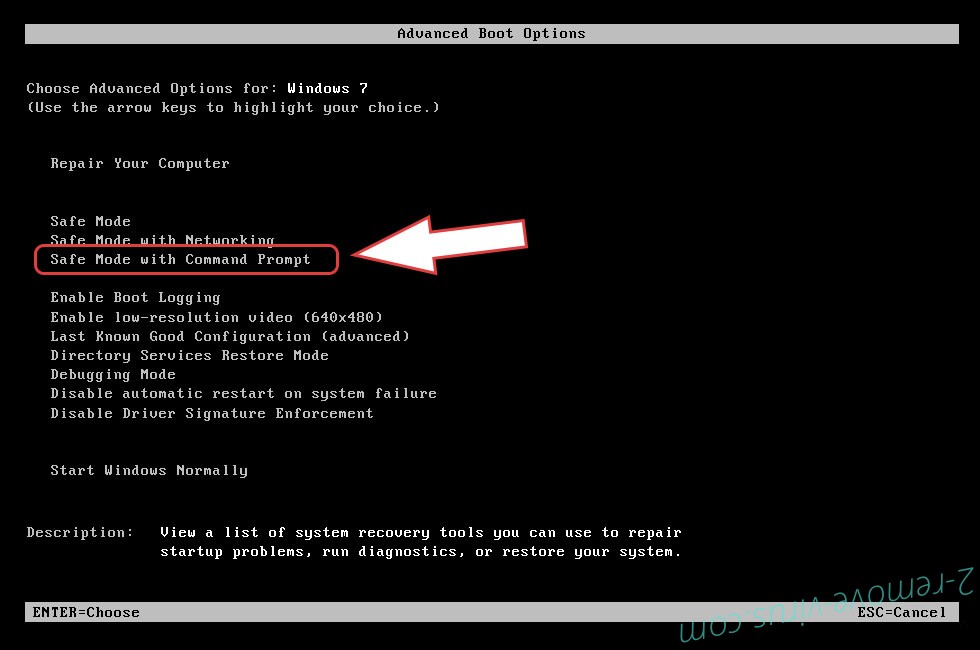
- Open your browser and download the anti-malware utility.
- Use the utility to remove Nagini File Virus
Remove Nagini File Virus from Windows 8/Windows 10
- On the Windows login screen, press the Power button.
- Tap and hold Shift and select Restart.


- Go to Troubleshoot → Advanced options → Start Settings.
- Choose Enable Safe Mode or Safe Mode with Networking under Startup Settings.


- Click Restart.
- Open your web browser and download the malware remover.
- Use the software to delete Nagini File Virus
Step 2. Restore Your Files using System Restore
Delete Nagini File Virus from Windows 7/Windows Vista/Windows XP
- Click Start and choose Shutdown.
- Select Restart and OK


- When your PC starts loading, press F8 repeatedly to open Advanced Boot Options
- Choose Command Prompt from the list.

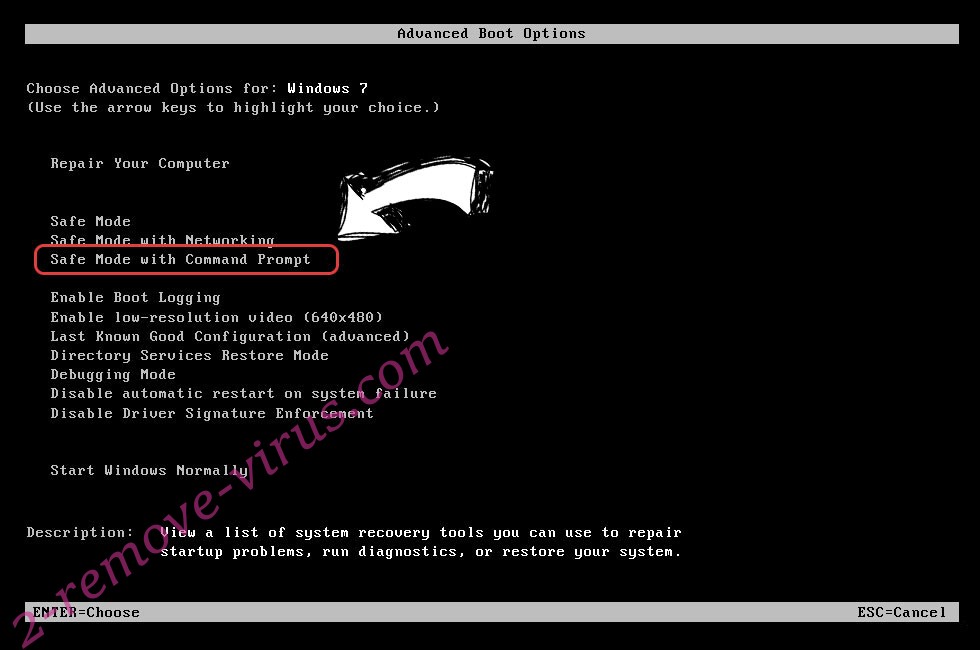
- Type in cd restore and tap Enter.

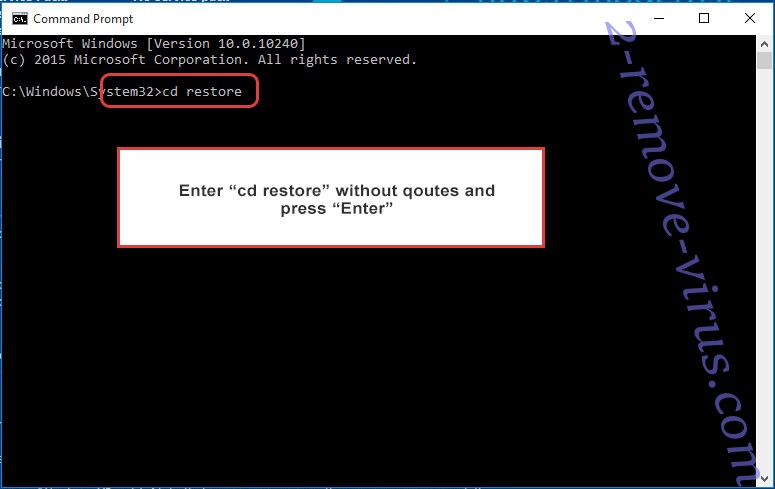
- Type in rstrui.exe and press Enter.

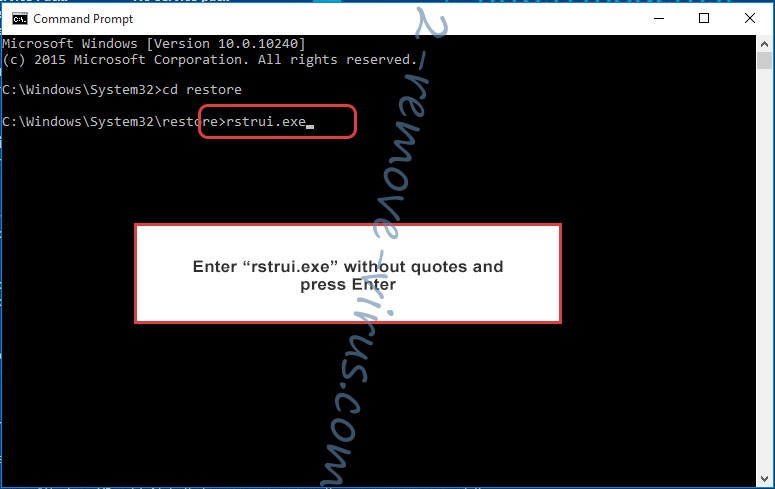
- Click Next in the new window and select the restore point prior to the infection.

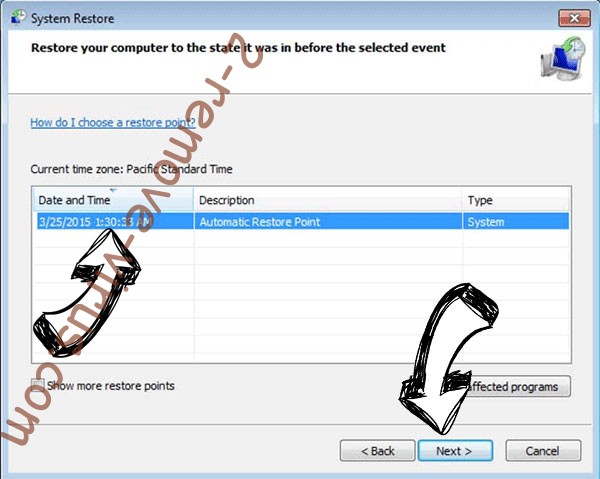
- Click Next again and click Yes to begin the system restore.

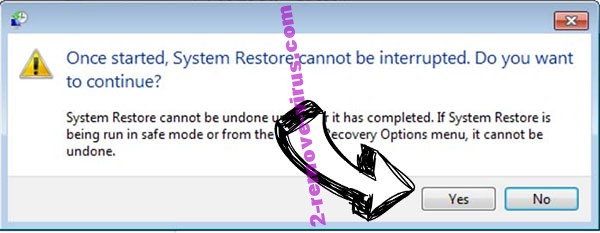
Delete Nagini File Virus from Windows 8/Windows 10
- Click the Power button on the Windows login screen.
- Press and hold Shift and click Restart.


- Choose Troubleshoot and go to Advanced options.
- Select Command Prompt and click Restart.

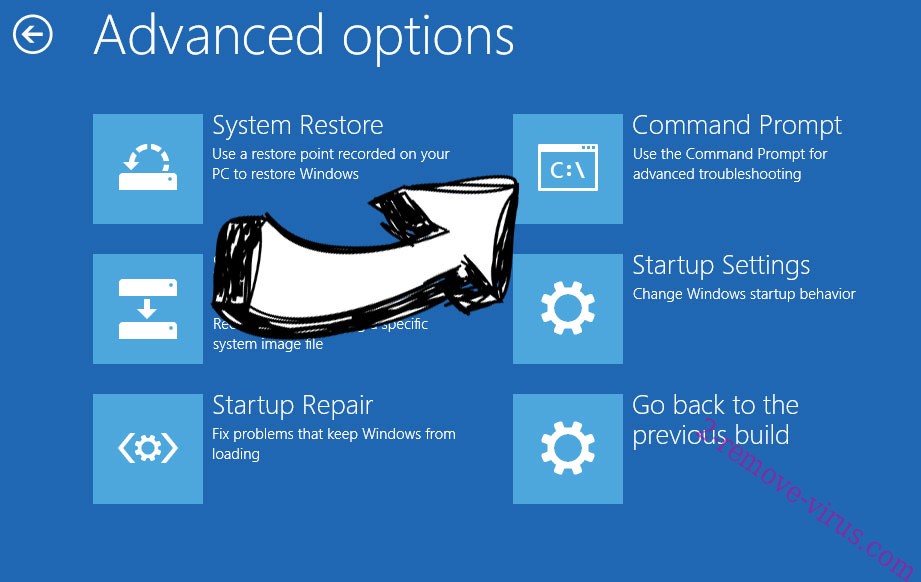
- In Command Prompt, input cd restore and tap Enter.


- Type in rstrui.exe and tap Enter again.


- Click Next in the new System Restore window.

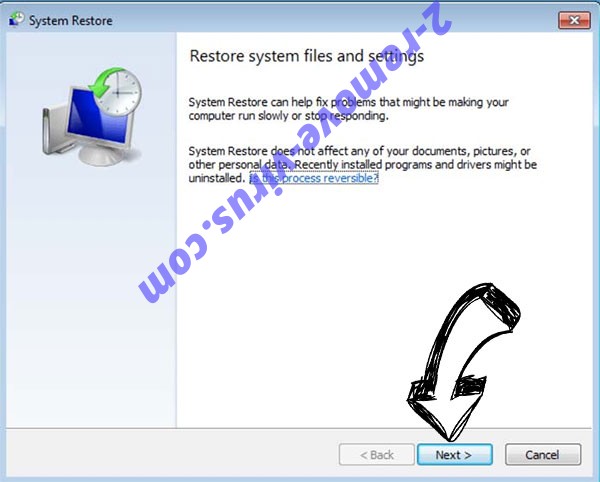
- Choose the restore point prior to the infection.


- Click Next and then click Yes to restore your system.


Site Disclaimer
2-remove-virus.com is not sponsored, owned, affiliated, or linked to malware developers or distributors that are referenced in this article. The article does not promote or endorse any type of malware. We aim at providing useful information that will help computer users to detect and eliminate the unwanted malicious programs from their computers. This can be done manually by following the instructions presented in the article or automatically by implementing the suggested anti-malware tools.
The article is only meant to be used for educational purposes. If you follow the instructions given in the article, you agree to be contracted by the disclaimer. We do not guarantee that the artcile will present you with a solution that removes the malign threats completely. Malware changes constantly, which is why, in some cases, it may be difficult to clean the computer fully by using only the manual removal instructions.
